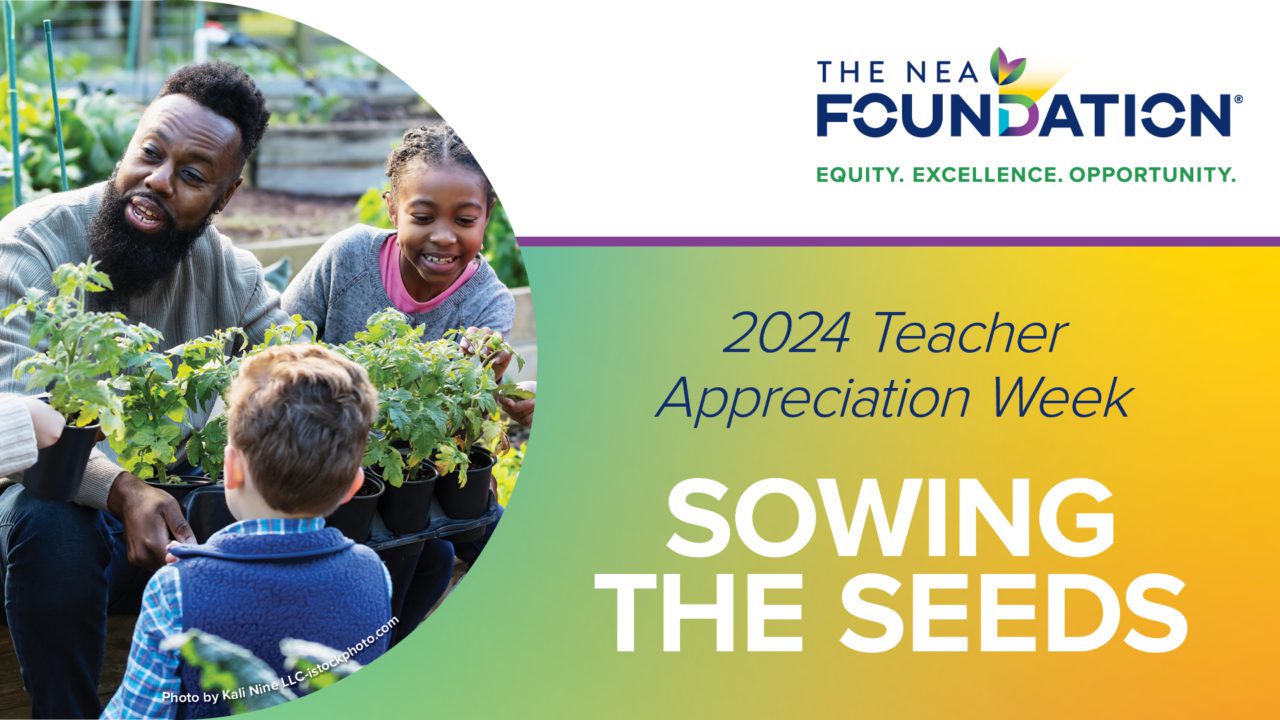By Harriet Sanford
As first appeared in Education Week, October 14, 2010.
From Washington to statehouses across the nation, conversations about education are focused on innovation like never before. Innovation funding from the U.S. Department of Education has fostered a climate in which seeking new ways of doing things is hailed and rewarded at the highest levels of state and federal government.
But when it comes to applying this to the work of schools, the struggles of bringing innovation to the classroom have been exhaustively documented over the years, with limited success at breaking the cycle. Too often, good ideas don’t travel well.
Schools appear to change all the time, but often in faddish ways that don’t necessarily alter their fundamental structure or operations.
“Lighthouse” programs that work in one context see their success dim in others, and the best new ideas often don’t spread from classroom to classroom, much less from school to school.
And despite our best efforts—whether as teachers, administrators, policymakers, parents, or members of the community—a kind of inertia may slow innovation, allowing persistent achievement gaps to remain in place.
To be celebrated are new approaches to professional development that build learning communities. These efforts encourage teachers to work together to analyze student performance, refine classroom instruction, and address other problems in teaching and learning. They also provide a workable and replicable structure for innovative ideas to be shared and spread throughout a grade level, a team, and, ultimately, a school building and district. I am encouraged that some superintendents and unions are focusing on this data-rich, collaborative approach to problem-solving as a basis for continuous improvement. Many schools are tapping the ideas of individual teachers, as well as groups of teachers, in ways that promote the spread of better ideas.
At the heart of this approach is the understanding that teachers know the students they serve better than anyone else. That core belief has driven partnerships funded by the NEA Foundation, the organization I lead, that are tackling achievement gaps in a half-dozen cities across the nation, in part by supporting empowered teams of teachers that plan and execute changes in instruction.
In Springfield, Mass., for example, the Springfield Education Association, the school district, and a growing number of community groups have formed the Springfield Collaboration for Change. Funded in part by a $1.2 million grant from the foundation, the initiative will tackle long-standing achievement gaps among Hispanic, African-American, and low-income students through school-level professional development geared toward teachers’ self-identified needs.
Teachers will work in teams with their principals and coaches to develop specific strategies targeting individual students, whom they will get to know even better than they do through a series of home visits. While doctors don’t typically make house calls these days, teachers in Springfield are visiting homes to talk about student progress, discuss what parents can do to help their children succeed, and help sort out ways they can work together to address every child’s needs.
We’ve seen significant gains in districts where we’ve supported teacher-centered initiatives. In Hamilton County, Tenn., for example, the foundation has worked since 2004 on a middle school initiative focused on collaborative efforts among school leaders, instructional coaches, and math and literacy teachers. Achievement gaps there fell by 10 percent in five years, with all students achieving at higher levels.
While enhanced professional development and collaborative teaching structures are now priorities for many states and districts, they aren’t enough, alone, to foster these kinds of results. To spark innovation and improve student learning, additional factors must also be emphasized. These include the following:
Leadership. Principals must understand the benefits of distributed leadership and develop strategies to empower teachers. In the most expansive research done on school leadership to date, the Wallace Foundation found a clear connection between student achievement and schools in which teachers and principals engage in shared instructional decision-making. Acknowledging the need for teacher input to successfully address achievement gaps, part of the work in Springfield, Mass., involves supporting district-wide professional development in distributed-leadership strategies for principals.
Team structures. The power of teachers working together to develop instructional strategies, often with the specific students they teach in mind, can be transformative. Teams of teachers should be encouraged, and allowed, to adapt or develop new instructional strategies. In Milwaukee, the learning teams created in 20 low-performing schools as part of an NEA Foundation initiative were tasked with developing school-specific action plans for addressing achievement gaps and leading the school’s professional development.
Assessment. While teachers know their students best, that knowledge is strengthened and made able to be put to use when they analyze data from assessments and other student work. Current investments in more individualized data systems being funded by the federal government will help give teachers better tools to access and understand such information at the classroom level, where it can best be used to focus instruction for individual students.
Partnerships. Change comes most easily when it is approached as a team effort. One strength of the Race to the Top program’s competitive-grant process has been the emphasis that the U.S. Department of Education has placed on the level of buy-in from teachers, districts, and unions. And the foundation’s achievement-gap initiatives have not only brought together districts and unions, but also local universities and foundations, community organizations, and business leaders. In Durham, N.C., where the foundation is involved in a partnership targeting the achievement gaps of African-American males, teachers will help shape initiatives at their schools as part of “community learning teams” that include members of the business community, parents, and leaders from two local universities.
Breaking down boundaries. Professional learning communities bring teachers out of their classrooms to brainstorm new approaches with their grade-level or subject-area peers. But teachers should also be encouraged to collaborate and share ideas with educators beyond their schools. In Hamilton County, Tenn., for example, our initiative created networks that brought together school leaders and teachers from throughout the district to share best practices and strategies that worked in their individual schools—providing a lateral, rather than top-down, approach to replicating successful efforts.
Teachers can also share their ideas and solutions beyond the boundaries of their schools and communities. Currently, the foundation is partnering with the Department of Education on “Challenge to Innovate,” or C2i, an initiative inviting public school educators to identify and solve the most pressing classroom problems—the issues that keep them up at night. Using the department’s Open Innovation Portal Community, educators are sharing ideas on improving reading instruction; sparking student interest in science, technology, engineering, and mathematics; and strengthening the evaluation of students with special needs.
Efforts that encourage educator and community collaboration to solve real problems in schools need far more encouragement in policy and are essential factors in creating conditions where innovations can flourish.








